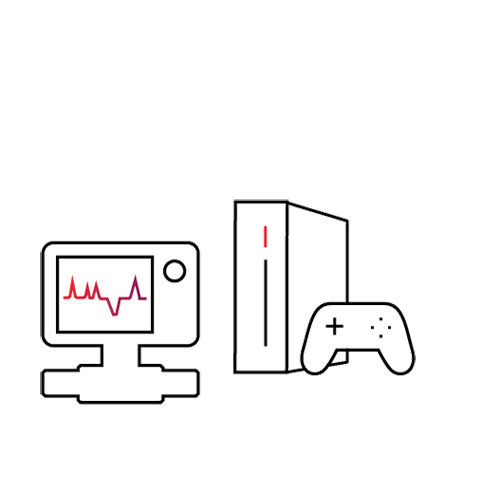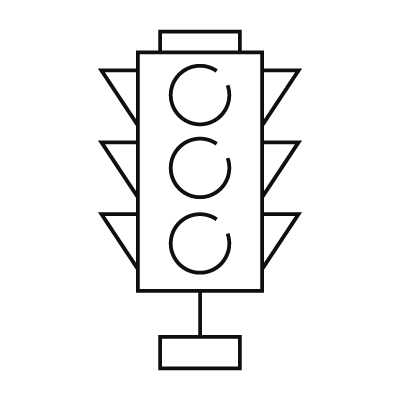10G Technology
Low Latency DOCSIS®
As of January 2019, our DOCSIS 3.1 suite of specifications contains Low Latency DOCSIS technology. This technology is the next frontier for broadband performance, delivering meaningful improvement to user experiences and bringing cable broadband customers one step closer to a world of seamless and rapid communication.
FAQs
- What is latency and what does LLD technology do to improve it?
-
Latency is the time it takes for data to traverse the network, usually noted in milliseconds. It should not be confused with “bandwidth” or “throughput,” which defines how much data can be sent over the network in a given period of time, usually noted in megabits per second (Mbps).
For many years, the cable broadband industry has been increasing network bandwidth to stay ahead of demand. However, for many applications, latency is now becoming more important, especially applications that are sensitive to delay, such as online gaming, web browsing, Skype and FaceTime. LLD is one of CableLabs’ latest efforts to reduce broadband network latency in order to improve the user experience for these latency-sensitive applications—though this is hardly the first latency improvement that CableLabs has developed. For example, current DOCSIS 3.1 networks already include features such as Active Queue Management (AQM) that make significant improvements in latency. LLD technology takes these efforts to the next level.
- Why did CableLabs develop this technology?
-
Lower latency is becoming a much-requested feature in an increasingly competitive marketplace. With cable’s widely deployed gigabit networks, bandwidth is often abundant, although some applications still need lower latency to create consistently great user experiences. Applications that have been limited by latency have, as a result, not been able to take advantage of increasing broadband speeds. LLD unlocks the benefits of increased bandwidth for customers who use these applications.
- Who is this technology for?
-
LLD was designed for users who run latency-sensitive applications such as real-time gaming and video calling. It even improves the user experience for web browsing. And businesses will enjoy better performance for interactive cloud-based applications. As an extension to the current DOCSIS 3.1 specification, manufacturers will need to integrate this technology into their products. Operators will then be able to deploy it via a software update to existing DOCSIS 3.1 equipment. It can also coexist with earlier equipment that does not support LLD technology.
- Is new hardware necessary, and is it easy to implement?
-
DOCSIS 3.1 modems can be software-upgraded to support the low latency features, so no hardware changes are needed. This means that DOCSIS 3.1 modems currently deployed in the field can be upgraded via a software update pushed by the operator. The headend equipment is similar, as well: Low-latency support can be enabled via a software update on the current hardware.
- Why is LLD technology needed?
-
As bandwidth increases and more traffic is sent over the network, that traffic can cause delays at various points across the internet. Because some online services and applications are more sensitive to latency than bandwidth (think of a “choppy” Skype call while using a 100 Mbps connection), it is important to be able to improve latency in broadband. This will become even more evident as more latency-sensitive technologies emerge in medical, vehicular and other market segments where latency can cause health and safety risks.
- What about video streaming or other traffic that is not sensitive to latency? Will it be worse off?
-
No. Traffic that is more bandwidth-intensive, such as video streaming, will continue to benefit from the significant advances made to increase broadband network capacity. Today, cable operators offer gigabit services to 93 percent of the cable footprint in the United States, and similar advances have been made by cable operators around the globe. The cable industry has invested in the technology that will enable next-generation services of all types.
- How does this technology support the 10G platform?
-
10G puts the consumers’ future first. Built on technology capable of providing necessary speed, capacity and reliability, 10G will power the experiences that consumers demand. LLD technology is one of the innovations that improves broadband experiences and can be deployed widely to all cable broadband subscribers without major new network infrastructure deployments, while remaining cost-effective due to compatibility with existing hardware. LLD makes the 10G network more responsive, allowing consumers to maximize the use of their broadband connection.




